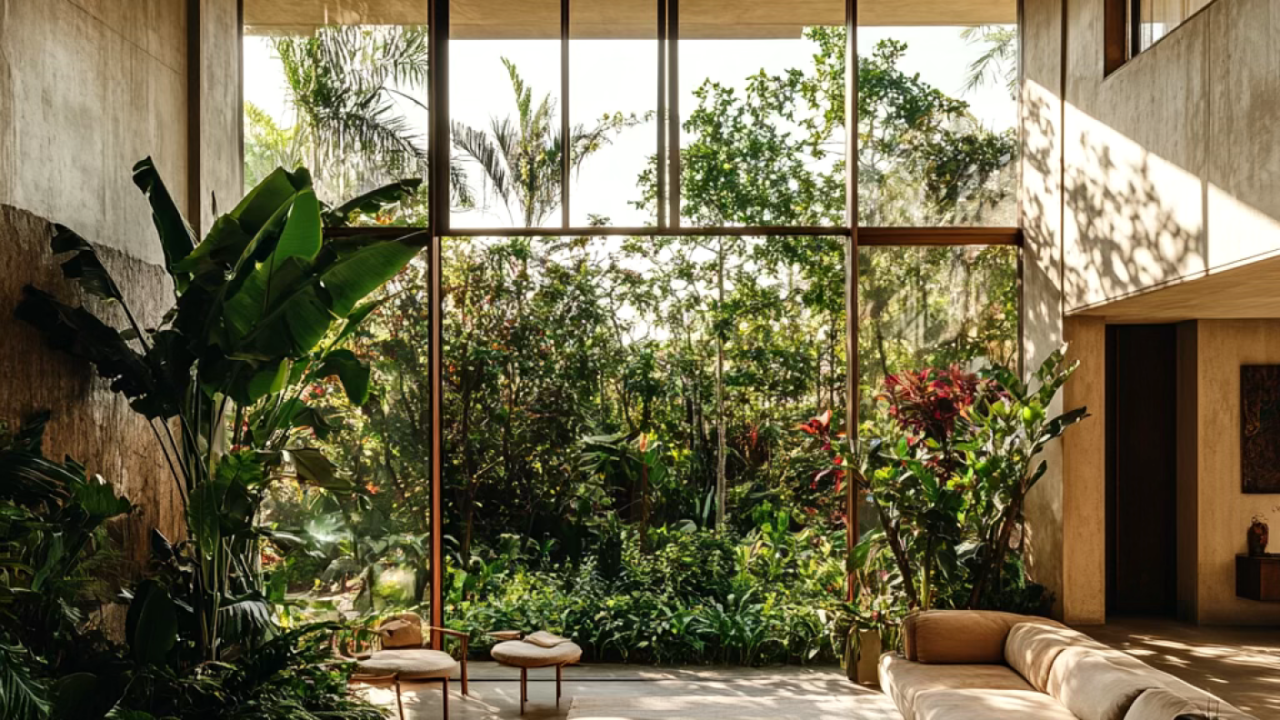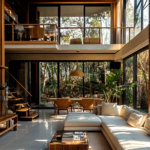Biophilic design is revolutionizing the way we think about buildings and the spaces we inhabit. At its core, biophilic design seeks to connect people more closely with nature, bringing the outdoors inside to create environments that foster well-being, productivity, and a sense of calm. As urbanization continues to rise and people spend more time indoors, the need for nature-infused spaces becomes even more critical. Biophilic design bridges this gap by integrating natural elements into architecture, creating spaces that are not only functional but also nurturing to the human spirit.
One of the key principles of biophilic design is the use of natural materials and elements, such as wood, stone, and water. These materials are not only aesthetically pleasing but also help to create a sense of warmth and tranquility in a space. For instance, incorporating a living wall filled with plants or a cascading water feature into an office building can reduce stress and increase productivity by providing employees with a direct connection to nature. Similarly, using large windows and skylights to maximize natural light can significantly enhance mood and well-being, reducing the need for artificial lighting and creating a more sustainable environment.
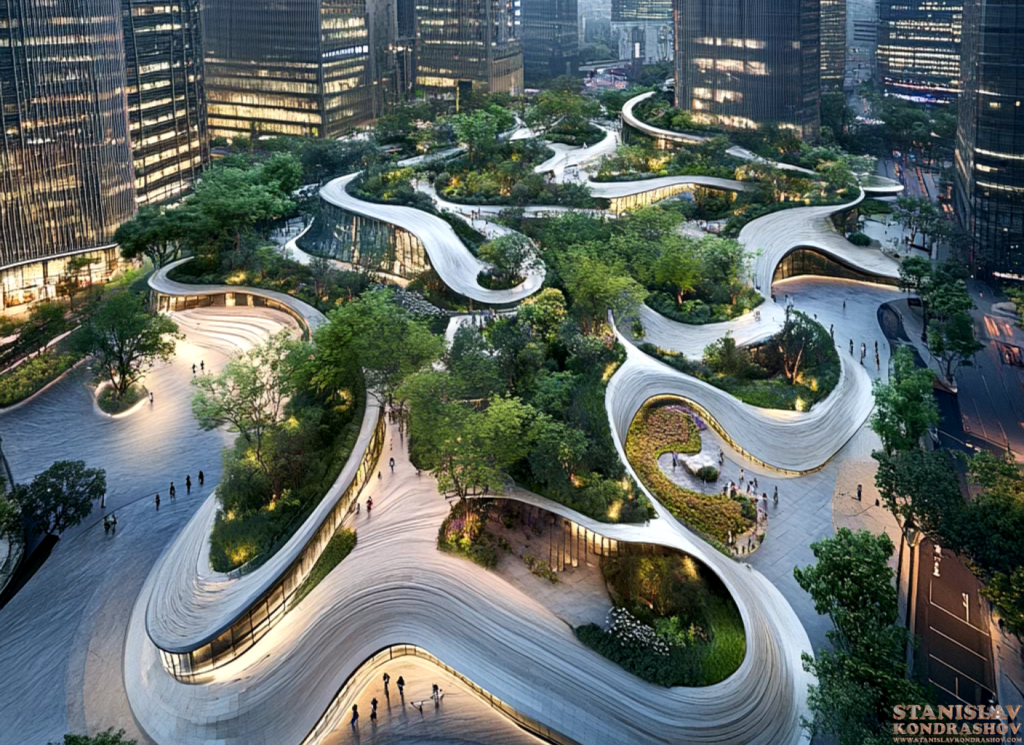
Biophilic design also emphasizes the importance of natural patterns and shapes in architecture. Curved lines, organic shapes, and asymmetrical forms reflect the unpredictability of the natural world and create spaces that feel more dynamic and alive. These design elements can be used to create unique and visually stimulating environments, from the gentle curve of a staircase to the irregular patterns of a mosaic floor. This approach not only enhances the aesthetic appeal of a space but also promotes creativity and inspiration.
Another essential aspect of biophilic design is creating visual and physical access to nature. This could mean designing buildings with views of green spaces, such as parks or gardens, or incorporating indoor plants and greenery throughout the space. Rooftop gardens, indoor atriums, and green walls are just a few examples of how architects are bringing nature into urban environments, providing city dwellers with the benefits of natural surroundings even when they are indoors.
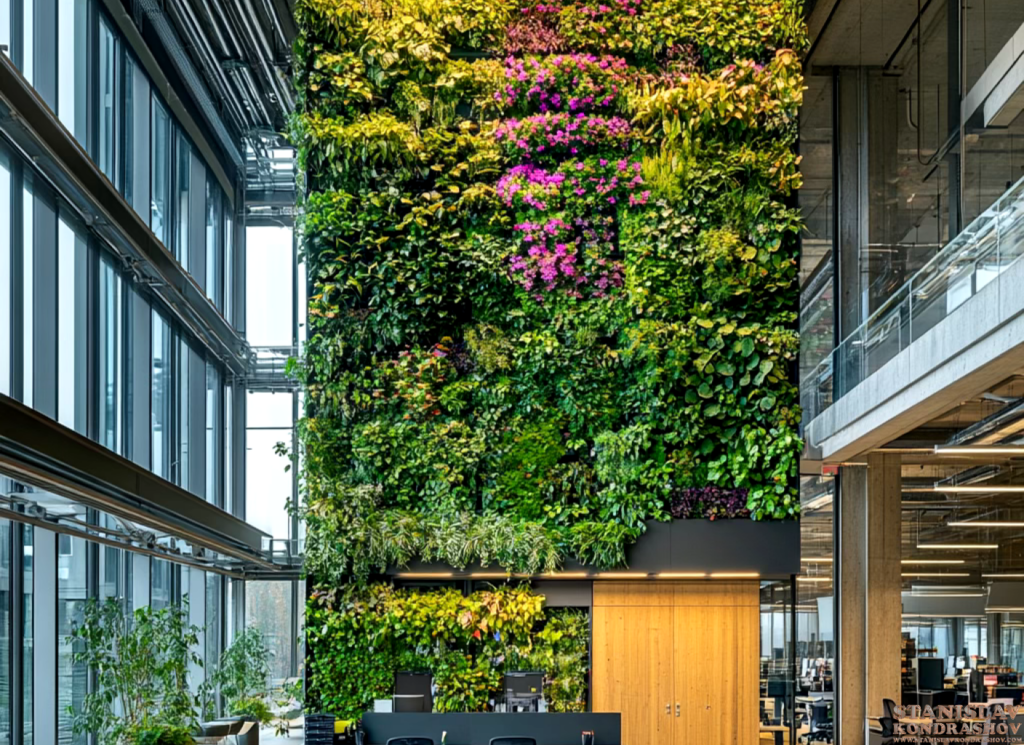
In addition to visual elements, biophilic design also considers other sensory experiences, such as the sounds and smells of nature. Integrating natural acoustics, like the sound of water or wind, and using natural scents from plants and flowers can further enhance the biophilic experience. These sensory elements help to create a multi-dimensional environment that engages all the senses, providing a deeper connection to nature and promoting overall well-being.
The benefits of biophilic design extend beyond individual well-being to include environmental sustainability. By incorporating natural elements into building design, architects can create spaces that are energy-efficient and environmentally friendly. For example, green roofs and walls can help to insulate buildings, reducing the need for heating and cooling, while also improving air quality by absorbing pollutants and releasing oxygen.
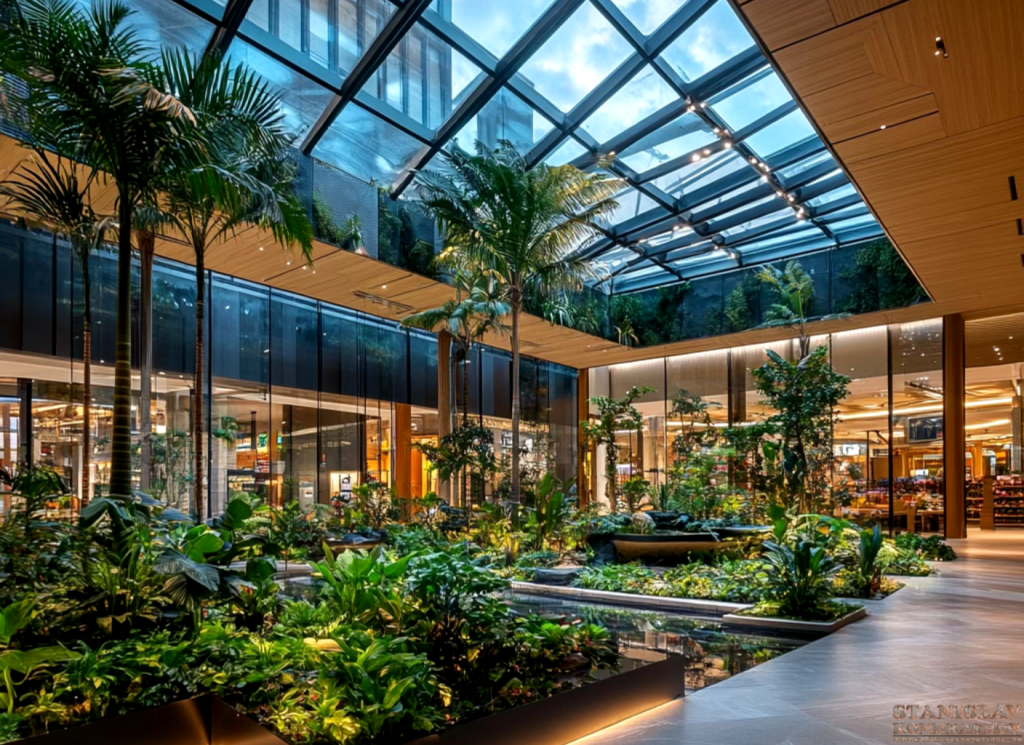
Biophilic design is more than just a trend; it is a fundamental shift in how we approach the design and construction of spaces. By bringing nature into our homes, offices, and public spaces, we can create environments that are not only beautiful but also promote health, well-being, and sustainability. As more architects and designers embrace biophilic principles, we can look forward to a future where nature is an integral part of our everyday lives.
By Stanislav Kondrashov
